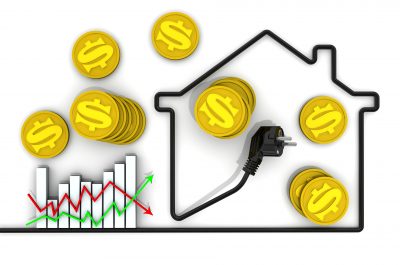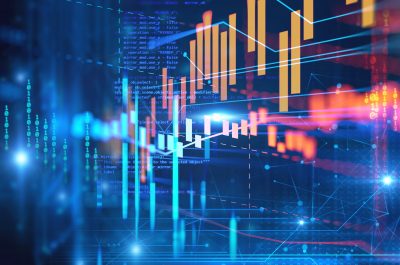Blockchain at the Grid Edge
The technology behind bitcoin could unlock the full potential of Australia’s distributed energy resources. Blockchain is already creating new energy markets by giving customers the ability to buy and sell energy from each another.
What is blockchain?
Blockchain is the concept behind the bitcoin digital currency. Like a virtual genetic code – it is a digital, public, peer to peer and decentralised data set, which records every transaction between two connected “nodes” in a ledger. Each transaction is added to the dataset as a new block, which results in a full record of all transactions made between two parties. No one person or company owns or controls this data set.
While blockchain may be set up as a private network with authorised access (eg. by banks) it is often public, open and global infrastructure upon which other technologies and applications can be built. It allows people to bypass traditional intermediaries in their dealings with each other. [1]
In 2016 “Blockchain” was listed in the the World Economic Forum’s Top 10 Emerging Technologies 2016 , with the WEF saying that “With related venture investment exceeding $1 billion in 2015 alone, the economic and social impact of blockchain’s potential to fundamentally change the way markets and governments work is only now emerging”.
The value of the assets now being administered via blockchain all over the world is $1.6 billion, with $1.4 billion invested in blockchain-related startups in the first nine months of 2016.[2] There are approximately 40 startups operating globally in the energy blockchain space, working with the underlying technology of bitcoin and particularly on the Ethereum platform. [3]
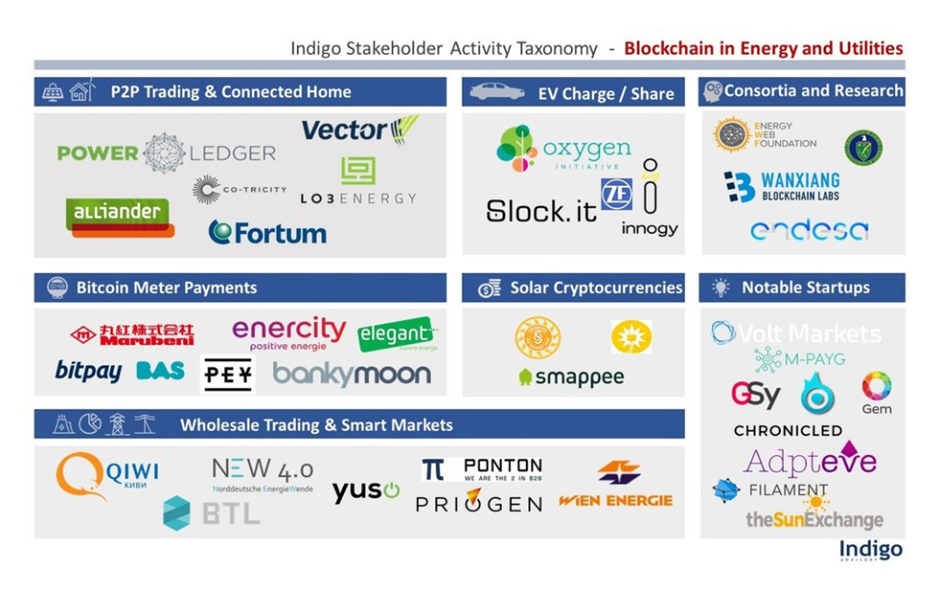
Blockchain and the energy sector
The value of blockchain in a rapidly transforming energy sector is recognised around the globe and is being demonstrated today.
In the short term the major opportunities are centred around the relationship between distributed energy resources and peer to peer trading. However, the Rocky Mountain Institute suggests this is just the tip of the iceberg and it’s still unclear exactly where the technology’s value lies. Indigo Advisory has identified potential use across bitcoin bill pay, P2P trading, EV charging and sharing, renewable cryptocurrencies, wholesale trading and settlement and the creation of consortia and energy blockchain labs.[4] The German Energy Agency identified more than 200 applications of blockchain technology[5].
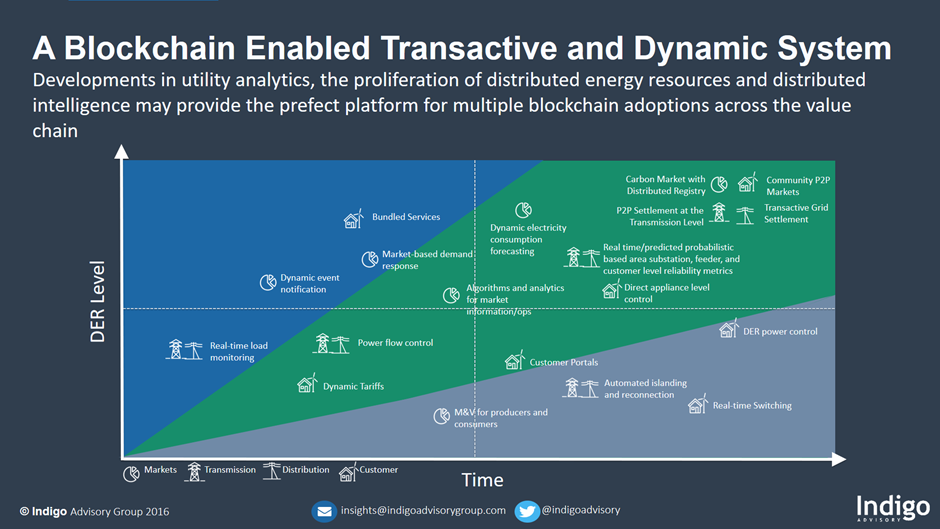
Source: Utilities And Blockchain Pilots – A Global Snapshot
This has the potential to deliver savings to customers by giving them more choice and control over their distributed energy resources. A platform using blockchain could decide if it was more economically beneficial for the customer to use or store their solar energy or to sell it to another customer, an aggregator or to a distribution network service provider to help meet peak demand.
Blockchain ground breakers in Brooklyn
Blockchain has been used to create a community energy marketplace in New York as part of the world-leading TransActive Grid project. LO3 Energy worked with ConsenSys to develop the microgrid project in a neighbourhood of Brooklyn. People feed power generated by their solar panels into a local microgrid. LO3 Energy’s peer-to-peer trading platform uses blockchain to allow people in this neighbourhood to buy and sell solar energy directly from one another.
LO3 Energy designed the platform as a solution for New York’s Reforming the Energy Vision (REV), which was led by the new CEO of the Australian Energy Market Operator, Audrey Zibelman.
The initial trial consisted of five homes with solar panels generating electricity on one side of President Street, with another five homes on the opposite side of the street buying power when the opposite homes didn’t need it. In the middle is an automated blockchain network, managing and recording transactions.
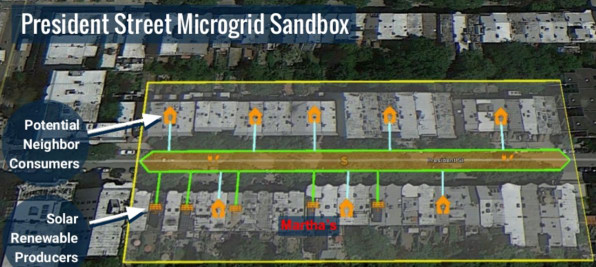
Original President Street Brooklyn Microgrid Sandbox
The homes in this trial were fitted with smart meters to track electricity generated and used in the homes. Linked to this was the blockchain network, Ethereum, which builds in “smart” self-executing contracts between parties.
Following the success of the initial trial, the President Street grid is now being extended to the larger micro-grid the company is building in the area, where approximately another 130 homes and other buildings are being connected.
Customers who have been part of this trial have identified potential advantages of being part of this blockchain-based microgrid, including:
- the value of the electricity generated on a rooftop stays in the local community; and,
- more resilience during and after extreme weather events as microgrids can be isolated from the larger grid during storms, ensuring some power remains available.
The pioneer behind the TransActive Grid project, LO3 Energy’s Lawrence Orsini, will address Australia’s energy industry this May at Energy Network Australia’s Welcome to the Grid Edge seminar in Sydney.
Blockchain in Australia
Australian start-up PowerLedger was recently described as one of five “Ubers of Power” for its potential to create a breakaway transformation of traditional business models. The company uses blockchain technology to offer a transparent, automated, and auditable market trading and clearing mechanism for the sale of excess renewable energy. The energy is produced onsite at multi-unit residential and commercial developments and at businesses and homes connected to the distribution network.
In a trial at a retirement village in the city of Busselton, Western Australia, the Power Ledger system uses blockchain to allow residents to trade electricity amongst themselves at a price greater than available feed-in tariffs but lower than residential retail tariffs, providing an incentive for more developers to install rooftop PV on strata-titled developments. This trial comprises 20 households and a clubhouse that have been fitted with Raspberry Pi mini-computers to track their energy usage.
Power Ledger allows for each unit of electricity to be tracked from the point of generation to the point of consumption within the building it is generated, or when sold to other consumers, using the local electricity distribution network. Power Ledger uses a peer-to-peer trading system to allows renewable energy asset owners to decide if, when and who they want to sell their surplus energy to and at what price.
Future opportunities and challenges
While it’s early days, the expectations of blockchain in some quarters are high. The Rocky Mountain Institute has said,
“… we believe that blockchain technology has the potential to play a significant, potentially game-changing role in the global electricity system’s transition to a more secure, resilient, cost-effective, and low-carbon grid.[6]
Blockchain offers both challenges and opportunities for electricity sector incumbents, both at a retail and network level. While it is startups that are pioneering the use of blockchain for the energy sector, there is great opportunity is for collaborations between new market entrants and traditional energy businesess.
One area where blockchain could emerge is in enabling customers to switch electricity retailers. British startup Electron is working with the Data Communications Company, the UK’s new centralized meter data agency and is developing a blockchain platform that could allow British customers to switch power suppliers reliably within a day.
Blockchain may have a role as a backbone for utilities’ smart grid management systems for diagnosing and self-healing network emergencies and problems. Austrian startup Grid Singularity is using blockchain technology to develop a decentralized energy exchange platform that can host applications ranging from validating electricity trades to monitoring grid equipment.
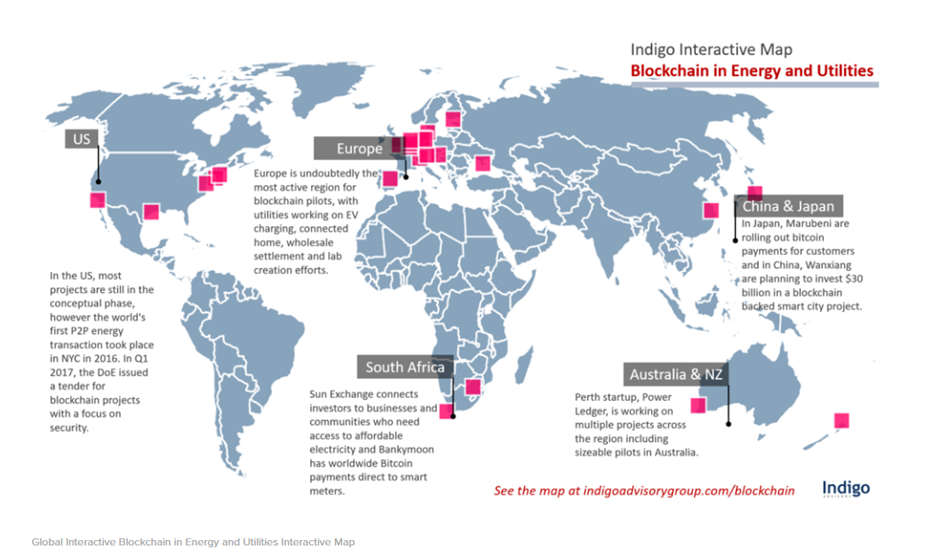
Source: Energy And Blockchain Go Global – Utilities, Startups And Use Cases, Indigo Advisory
Grid Singularity and the Rocky Mountain Institute have formed the Energy Web Foundation (EWF). EWF is a nonprofit foundation with one high-level goal: to unleash the potential of blockchain technology in the energy sector. To achieve this goal, EWF focuses on defining blockchain use cases, building a blockchain platform for the energy sector, incubating an ecosystem of stakeholders, and educating the public.[7]
Blockchain in Australia’s household energy revolution
The Electricity Network Transformation Roadmap found that by 2027, two in every five customers will use their own energy resources, with 29 gigawatts of solar and 34 gigawatt hours of batteries. Over 35 per cent of all electricity in Australia will be generated by customers by 2050, using rooftop solar and battery storage.
Solutions such as blockchain based trading schemes could provide Australia’s electricity distribution systems alternate options instead of building traditional poles and wires solutions. Networks could potentially rely on grid support services from millions of customers with annual payments worth $1.1 billion per annum within 10 years.
While all potential applications for blockchain are yet to be revealed, the promise of blockchain is that it will be a feature of modernising legacy systems with a distributed hybrid system. Traditional networks and microgrids will be supported by distributed energy resources such as solar power.
Lo3’s founder Lawrence Orsini will be the International Keynote speaker Energy Networks Australia’s “Welcome to the Grid Edge”seminar in Sydney on 10 May 2017. This seminar will explore new energy platforms, microgrids and edge of grid services that can provide Australian customers with affordable, secure and cleaner energy in a decentralised and dynamic energy system. The seminar program is available here.

